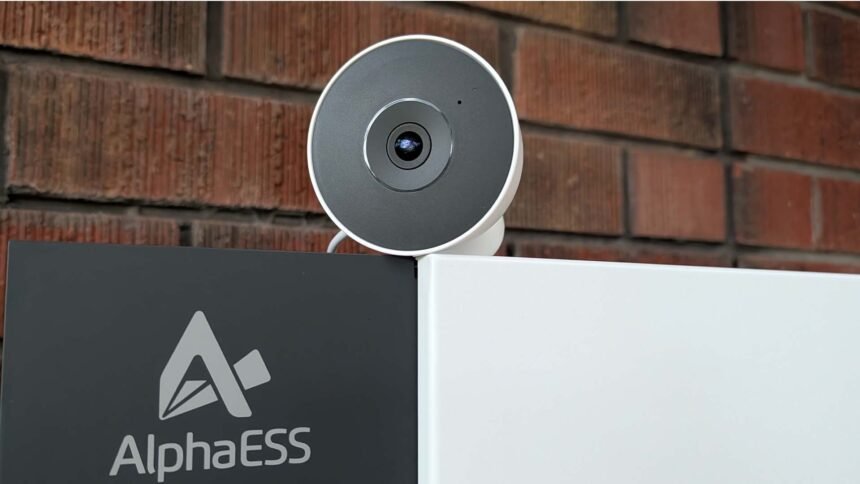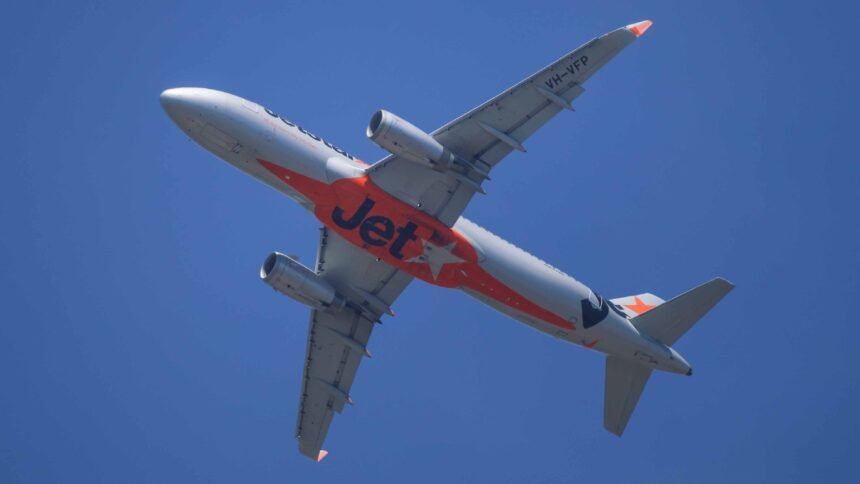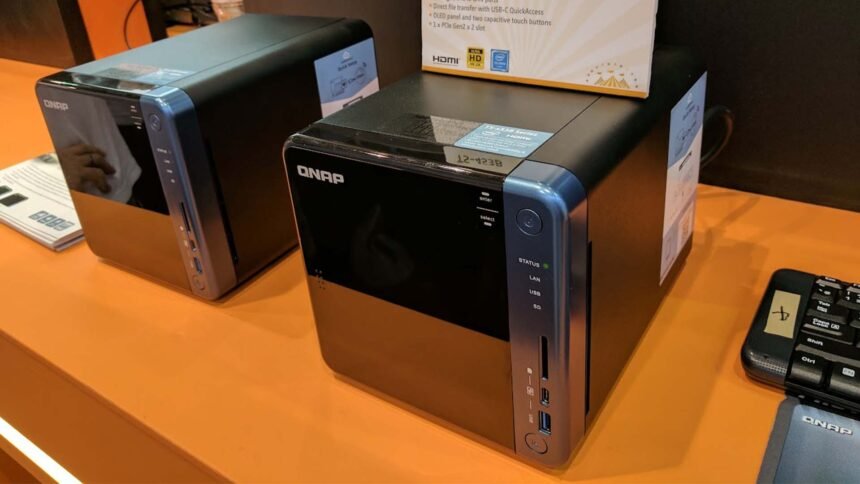DJI Neo 2 follow-me drone is now available globally and it’s my new pick for Christmas this year. It’s a serious upgrade to the previous model, launched late last year. The big issue with the first Neo was image quality. It was a clever drone but it struggled to produce video and stills that I would find acceptable. Thankfully that’s been addressed by DJI with the release of Neo 2.
SAME SENSOR BETTER CAMERA
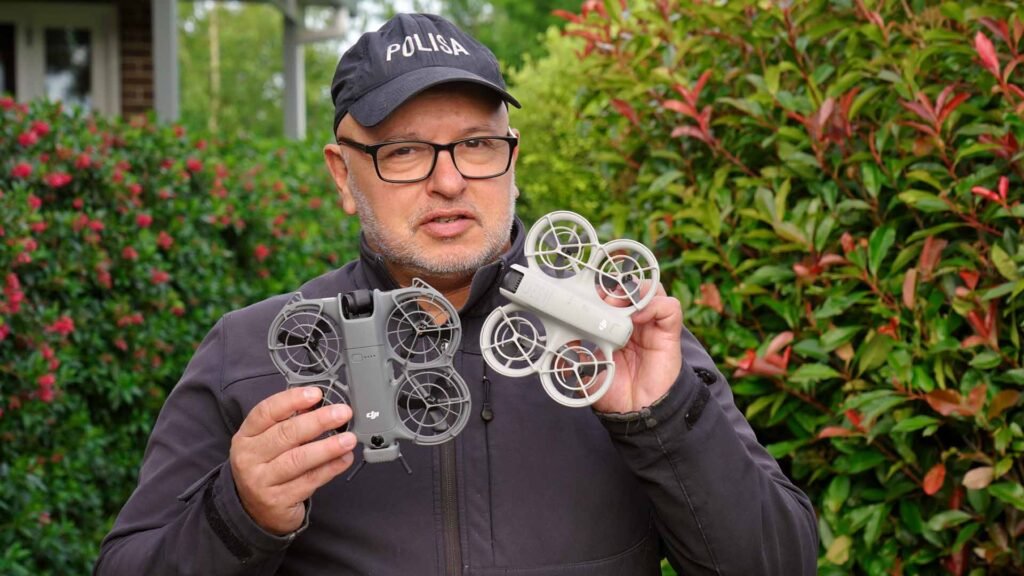
The Neo 2 has a 12MP 1/2″ sensor like the original drone but it’s a far better execution. Instead of a f/2.6 lens the Neo 2 has a faster f/2.2 lens. This means a better picture in low light. The single-axis gimbal has been upgraded to a 2-axis system for better stability and less reliance on software.
The inclusion of LiDAR on the front gives far better tracking this year and from my initial testing, it’s a massive improvement.
@imagematrixtech The DJI Neo 2 has been launched globally. It’s a huge improvement on the previous model and now my top pick for Christmas gifts this year. Perfect for beginners and experts too. This follow-me drone is huge fun with or without a controller. This is the first of many videos on the Neo 2 – a serious upgrade from Neo. #dji #djineo2 #followmedrone #autonomousdrone #drones @DJI Official ♬ original sound – Image Matrix Tech
The camera also unlocks more frame rates at 4K. The first Neo was limited to 4K/30p but Neo 2 can now shoot 4K/60P and 4K/100p slow motion. 100p is only supported using motion control or remote control. Vertical shooting looks much better with 2.7K (9:16) at 60p and the maximum bitrate is 80Mpbs. The onboard memory has also been boosted to 49GB. If you’re into stills you get 12MP images.
The difference between the camera systems is night and day.
DESIGN

Neo 2 is ‘heavier’ than the original but they are both well under 250 grams. Neo 2 is 151 g (without DJI Neo 2 Digital Transceiver),
160 g (with DJI Neo 2 Digital Transceiver). Neo comes in at 135g. It’s a flatter design with more sensors for tracking and obstacle avoidance. There’s a little screen on the front that displays what mode the drone is in.
Cyclists will prefer Neo 2 because it’s faster. You’ll get 8 m/s (Normal Mode), 12 m/s (Sport Mode), and 12 m/s (tracking status).
I also prefer the colour, a darker grey.
OPERATIONS
Neo 2, like Neo, can be operated without a controller but it’s a far superior experience. You are now able to make adjustments to pre-programmed maneuvers on the drone itself. This gives users great freedom in the field when only carrying the drone.
Neo 2 supports intelligent shooting modes, such as Dolly Zoom, QuickShots and MasterShots.
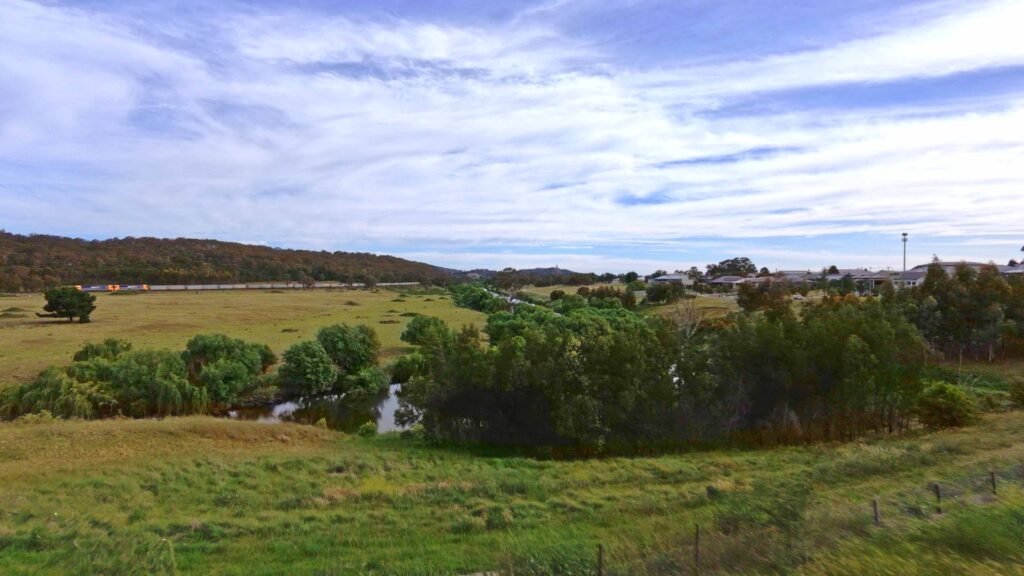
- Dolly Zoom: Supports Hitchcock effect and enables users to create stunning videos for social media.
- QuickShots: DJI’s signature QuickShots includes Dronie, Circle, Rocket, Spotlight, Helix and Boomerang, allowing captivating cycling, skateboarding or any other activity follow shots to be created with ease.
- MasterShots: Automatically captures diverse shots with creative camera movements, and intelligently edits with music to produce high-quality videos.
Don’t expect to get anywhere near the 19-minutes flight time DJI is suggesting. It really depends on wind conditions and your activities. I would assume 10 minutes per flight and make sure you buy extra batteries. If you get longer, consider that a bonus.
TALK TO THE HAND

Neo 2 can be launched from the palm by the user pointing it at themselves and pressing the take-off button. After completing the desired content capture, the Return-to-Palm feature allows Neo 2 come back to the user.
When using Gesture Control, its direction and proximity can be controlled by using one palm or both. With a single palm, the drone’s left/right movement and altitude can be controlled; users just need to face the drone and raise hand with the palm directed toward the drone. With both palms facing the drone, users can move the hands apart to make the drone fly away, while bringing the hands together to make it approach. No remote controller is needed for camera angle adjustment.
The Neo 2 also supports voice control, allowing flying commands to be sent by smartphone or Bluetooth headphones during any sporting or other activity. For those looking for a longer transmission range, Neo 2 can be paired with the DJI RC-N3 remote controller to achieve a maximum video transmission distance of 10 km.
You can also use goggles for FPV (first-person view) flying. .
PRICE AND AVAILABILITY
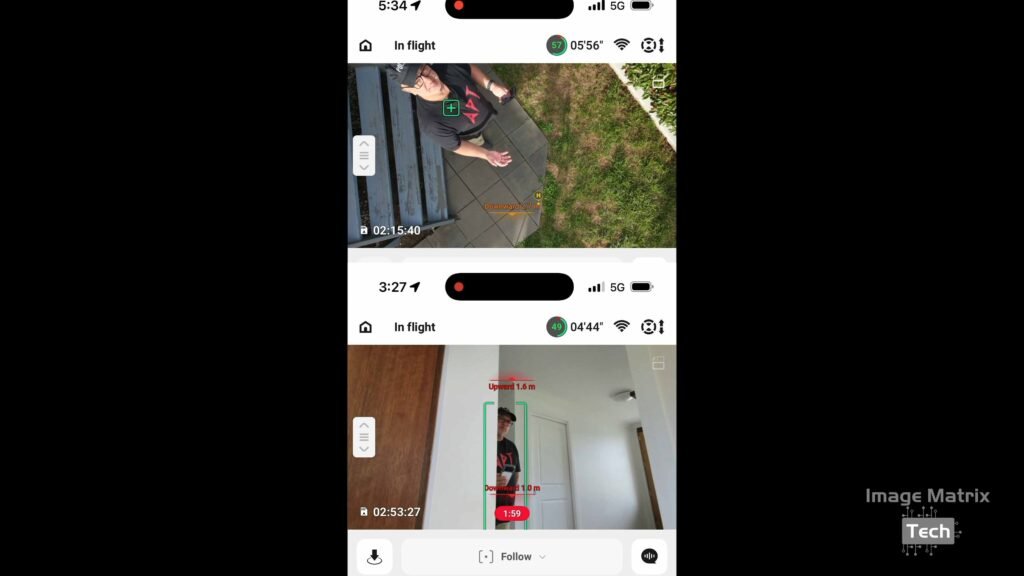
The DJI Neo 2 is available to now from store.dji.com/au and authorised retail partners.
- DJI Neo 2 Motion Fly More Combo retails for A$989
- DJI Neo 2 (Drone Only) retails for A$409
- DJI Neo 2 Fly More Combo (Drone Only) retails for A$549
- DJI Neo 2 Fly More Combo retails for A$709
- DJI Neo 2 Intelligent Flight Battery A$129
- DJI Neo 2 Digital Transceiver A$59
- DJI Neo 2 Two-Way Charging Hub A$79
- DJI Neo 2 Propeller Guard A$49
You’ll definitely need more batteries if you buy the drone only package.
SPECS
| Feature Category | Specification | Details / Values |
| Aircraft | Takeoff Weight | 151 g (without DJI Neo 2 Digital Transceiver) 160 g (with DJI Neo 2 Digital Transceiver) |
| Dimensions (L×W×H) | 147×171×41 mm (without Transceiver, with propeller guards) 167×171×54 mm (with Transceiver, with propeller guards) | |
| Max Ascent Speed | 0.5 m/s (Cine) / 3 m/s (Normal) / 5 m/s (Sport) | |
| Max Descent Speed | 0.5 m/s (Cine) / 3 m/s (Normal/Sport) | |
| Max Horizontal Speed | 8 m/s (Normal) / 12 m/s (Sport/Tracking) | |
| Max Takeoff Altitude | 2000 m | |
| Max Flight Time | Approx. 19 minutes (17 min with guards) | |
| Max Hovering Time | Approx. 18 minutes (16.5 min with guards) | |
| Max Flight Distance | 7 km | |
| Max Wind Speed Resistance | 10.7 m/s (Level 5) | |
| Operating Temperature | -10 to 40 deg C (14 to 104 Deg F) | |
| GNSS | GPS + Galileo + BeiDou | |
| Internal Storage | 49 GB | |
| Class | C0 (EU) | |
| — | — | — |
| Camera | Image Sensor | 1/2-inch CMOS Sensor |
| Lens FOV | 119.8° (Format Equivalent: 16.5 mm, f/2.2) | |
| ISO Range (Photo) | 100–3200 (Single Auto) / 100–12800 (Burst Auto/Timed Auto/Manual) | |
| ISO Range (Video) | 100–12800 (Auto/Manual) | |
| Shutter Speed (Video) | 1/8000 – 1/30 | |
| Shutter Speed (Photo) | 1/8000 – 1/10 | |
| Max Image Size | 12 MP (4000×3000(4:3) / 4000 x 2250(16:9)) | |
| Photo Format | JPEG | |
| Video Resolution (Horizontal) | 4K (3840 x 2880 @60/50/30fps), 1080p (1920 x 1080 @100*/60/50/30fps) | |
| Video Resolution (Vertical) | 2.7K (1512 x 688@60/50/30fps) | |
| Video Format | MP4 | |
| Max Video Bitrate | 80 Mbps | |
| EIS | Supports RockSteady (with stabilization off via goggles) | |
| — | — | — |
| Gimbal | Stabilization | 2-axis mechanical gimbal (tilt, roll) |
| Controllable Range (Tilt) | -90 to 70 deg | |
| Max Control Speed (Tilt) | 100 deg/s | |
| — | — | — |
| Sensing | Sensing Type | Omnidirectional monocular vision system + downward infrared + forward-facing LiDAR |
| Infrared Sensor | Forward-Facing LiDAR & Downward-Facing Infrared: Measurement Range: 0.3–8 m | |
| — | — | — |
| Video Transmission | System | Standard: Wi-Fi / Optional: DJI Neo 2 Digital Transceiver (O4) |
| Max Transmission Distance (FCC) | 10 km (unobstructed, free of interference) | |
| Max Download Speed (Wi-Fi) | 80 MB/s | |
| Lowest Latency | approx 50 ms (With DJI Goggles 3, 1080p/100fps) | |
| Max Video Bitrate | 60 Mbps | |
| Antenna | 2 antennas, 1T2R | |
| — | — | — |
| Battery | Capacity / Energy | 1606 mAh / 11.5 Wh |
| Weight | 46 g | |
| Charging Time (Directly to Aircraft) | Approx. 70 minutes (0% to 100%) | |
| — | — | — |
| Remote Controller (DJI RC-N3) | Max Operating Time | 3.5 hours (without charging mobile device) |
| Battery Capacity | 2600 mAh | |
| Charging Time | 2 hours | |
| Weight | Approx. 320 g |




